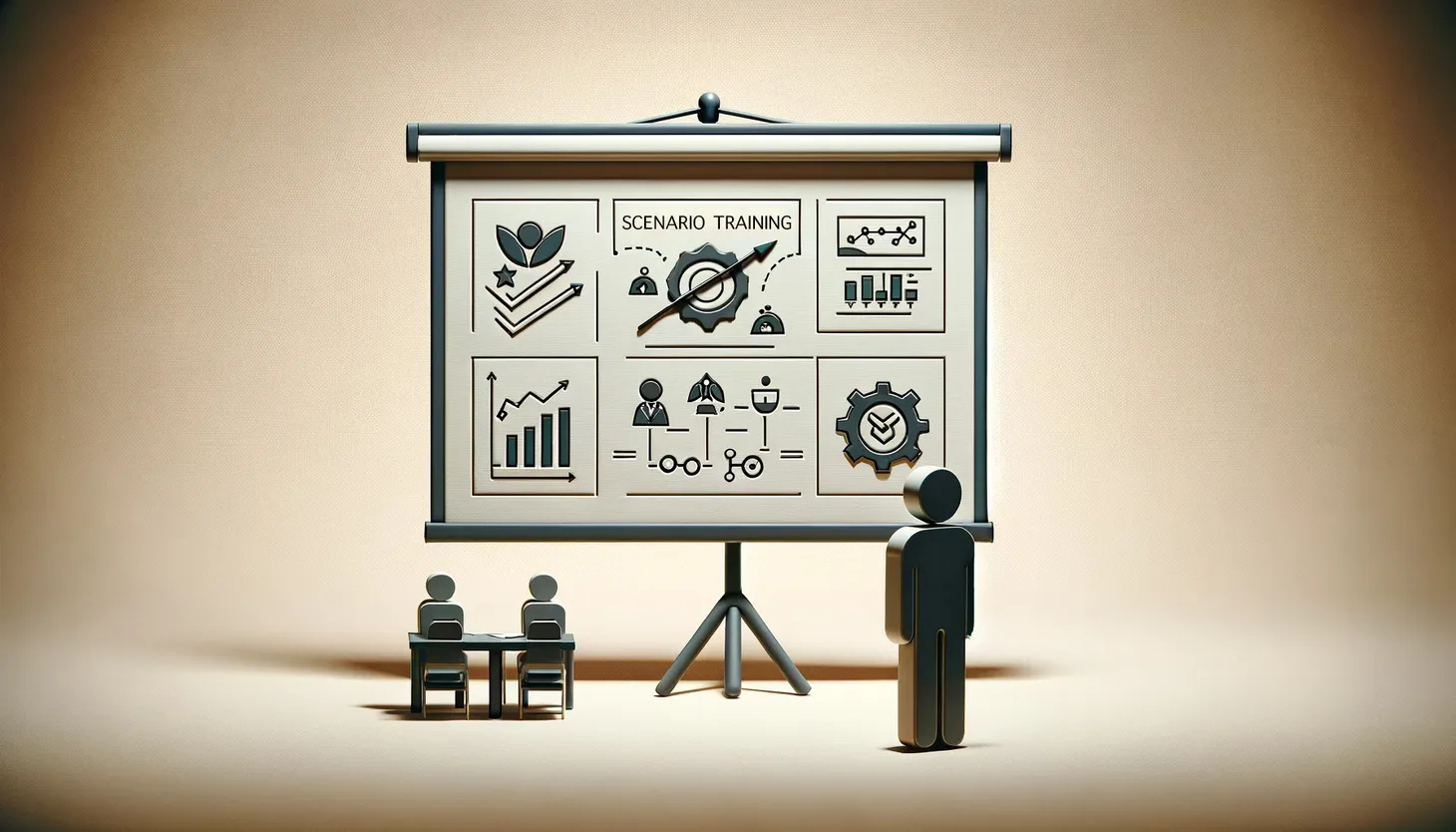Crafting Career Pathways: The Essential Guide to Creating a Career Rubric

Table of Contents
As managers, it's our responsibility to guide our team members through their career journeys. An essential tool in this process is the career rubric, a structured framework that clarifies the path to advancement and sets clear expectations.
Understanding the Career Rubric
A career rubric serves as a roadmap for professional development within the workplace. Much like the educational rubrics used in schools, a career rubric outlines the specific behaviors, skills, and achievements necessary to progress through different performance levels. It's a tangible guide that demystifies the criteria for advancement, making expectations clear and transparent.
The Importance of a Career Rubric
Introducing a career rubric into your management toolkit does more than streamline evaluations; it fosters open and constructive dialogue between you and your team members. Having a clear set of guidelines lets you provide actionable feedback during one-on-one meetings, helping your team understand where they excel and where there's room for growth.
Creating a Career Rubric: A Practical Example
Consider the aspect of teamwork within a typical five-point rating scale:
- Level 1: Focuses solely on individual tasks, overlooking the broader team objectives.
- Level 2: Needs encouragement to assist teammates, often reverting to an individualistic approach.
- Level 3: Reliable team player who supports others and understands the team's impact on company goals.
- Level 4: Proactively aids team members, mentors newcomers, and champions the team's mission.
- Level 5: Elevates team performance through leadership, mentorship, and accountability.
Implementing a Career Rubric Effectively
To leverage a career rubric effectively, introduce it at the beginning of an evaluation period. This timing ensures that team members clearly understand the expectations and can align their efforts accordingly. For instance, if Riley seeks to progress from level three to level four in teamwork, provide specific examples and actionable steps to help them achieve this goal.
Riley, you're performing at a three-level for teamwork. I'd like to see you better explain why we're doing what we're doing on the team. You have a good idea of what you're doing and why, but I wonder if you understand how that ties into our delivery. I'd also like to see you spend some time with the junior members of the team and help them understand our goals. Emmet could use some guidance on his tasks; you are excellent in that area. If you'd spend time mentoring him, it would help the team.
Timing is Everything
Using a career rubric should coincide with starting a new evaluation cycle. Avoid springing it on team members mid-cycle or retroactively applying it, as this can feel unfair and undermine the tool's value.
Broad Applicability
A robust career rubric system encompasses every job family within the organization, offering tailored pathways for individual contributors and managers. This inclusivity ensures that all team members have a clear vision of navigating their career progression regardless of their role.
Conclusion: Empowering Career Growth with Clarity and Direction
Incorporating a career rubric into your management approach empowers team members with a clear, actionable plan for their professional development. It transforms the often nebulous concept of career advancement into a structured, understandable process. By clearly defining the steps and criteria for growth, managers can foster a motivated, focused, and engaged team poised for success. Remember, the journey to career advancement is collaborative—let's provide the map and guidance our team needs to navigate it successfully.
Frank Blecha Newsletter
Join the newsletter to receive the latest updates in your inbox.




